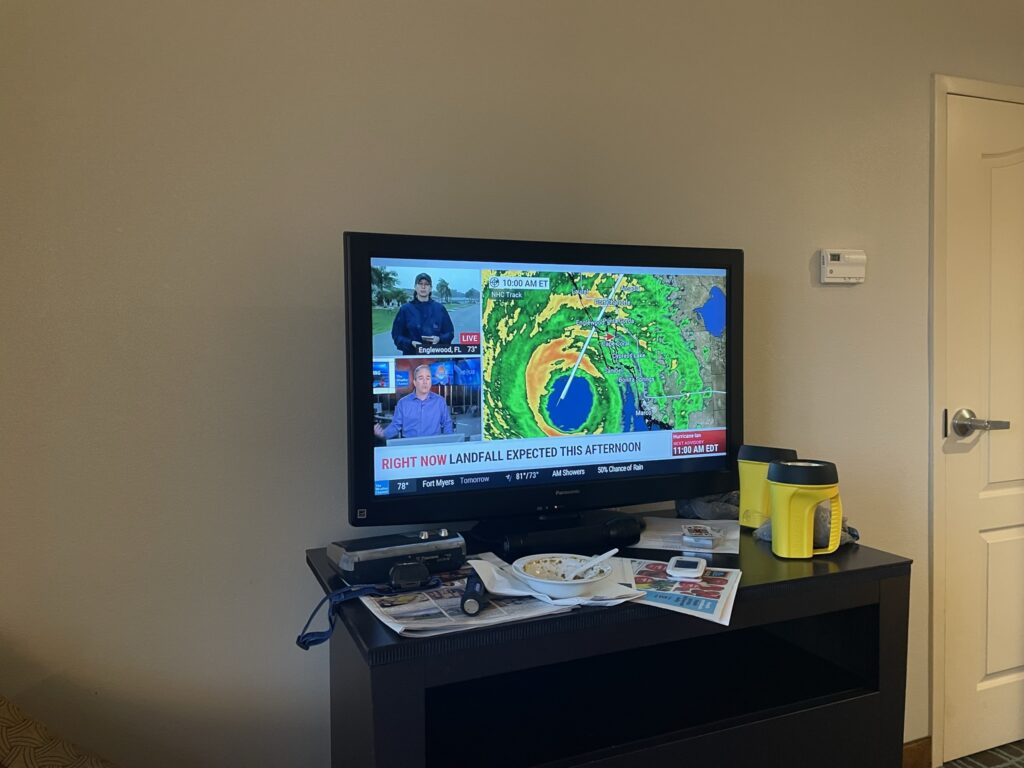Hurricane Season 2024

As we are all still recovering from Hurricane Ian, the news from NOAA that was released this week is a bit intimidating. Forecasters estimate 17- 25 named storms this season with 8-13 reaching hurricane strength. Of these, forecasters predict that 4-7 would be considered “major.” This is not great news, and it gets worse. Florida has a 96% chance of being impacted by one or more of these named storms. If we look at only hurricanes, the probability of a hurricane hitting the sunshine state drops to 75%. This drops even more to 44% when we look only at a ‘major’ hurricane hitting our state.

Now let’s look at the history of hurricanes and other storms that have affected Florida. Looking at 1880-2020 we find once again that Florida leads the pack in the number of named storms that occurred during this time, topping off at 274. Second place goes to North Carolina with 159. When it comes to the number of hurricanes that hit during this period, Florida is again ranked #1 at 115 hurricanes.

So, where does Florida rank when we look at the number of major hurricanes during this same period? If you guessed #1, you are correct with 48 major hurricanes hitting the state from 1880 to 2020.
Now, let’s drill down a little more: what Florida counties are most likely to feel the impact of a tropical storm or hurricane in 2024? CSU predicts that Monroe County has the highest chance of being affected by a storm this year at 71%.

It looks like the east coast is a little bit more at risk with Miami-Dade coming in at 62%, and Bevard, Broward, and Palm Beach at 62%. Lee County came in at 58% which is better than Monroe.
The probability of a hurricane’s impact on Florida counties drops a bit with Monroe still leading the pack at 46%, followed by Miami-Dade at 36%, Broward at 35%, Collier at 34%, Palm Beach at 34% and Lee County at 29%.
Regardless of the odds, the 2024 hurricane season will be like the 2005 season with many counties at risk. Another problem we will be facing this year is the rapid intensification that is occurring more and more often as the very warm waters are going to provide the fuel necessary for these storms to intensify rapidly. This happens when a storm’s maximum sustained winds strengthen by more than 35 mph over a 24 hour period.

These types of storms are dangerous because they do not give much time to plan for evacuation. Many people would not evacuate for a cat 1 storm but if it rapidly intensified into a cat 3 or 4, it may be too late to make plans to leave. This is what happened to many people in Ian.
In summary, the National Hurricane Center predicts that a town along the south Florida coast could expect that a hurricane would strike within 50 miles every six to eight years. A major hurricane could make landfall along this coast every 14-19 years. This doesn’t mean we are off the hook this year, but it does give some hope that we have a good probability of making it through 2024 without a landfalling storm.
Sources: Colorado State University, National Hurricane Center, National Oceanic and Atmospheric Association.